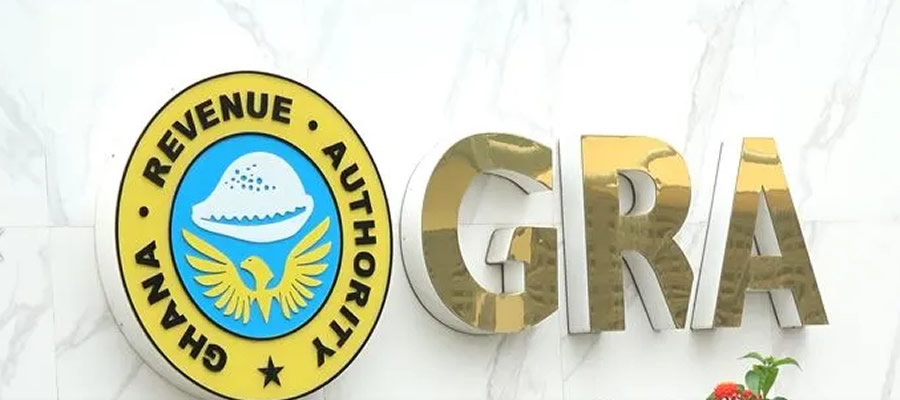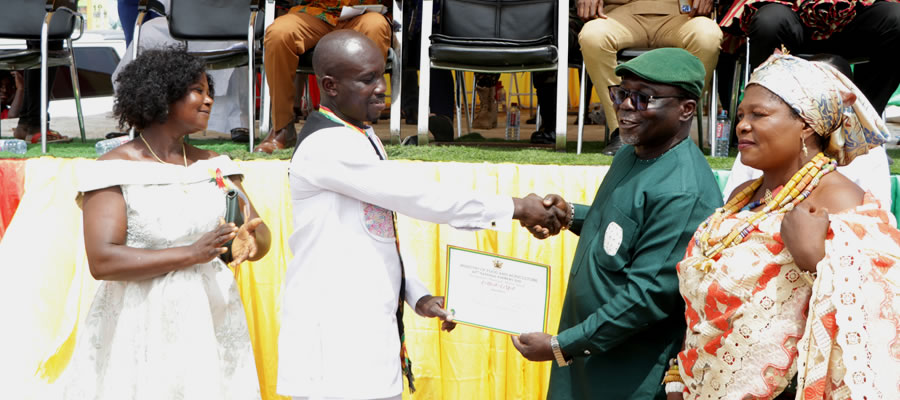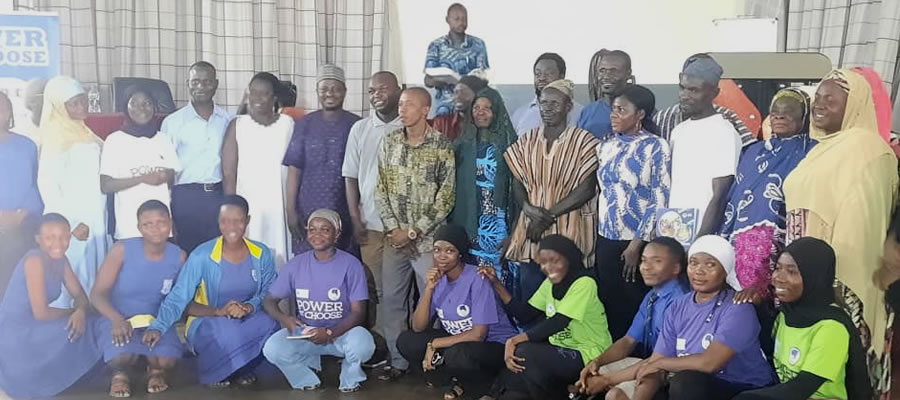

Bathing and Toilet Facilities
An efficient and hygienic method of human waste disposal available in a dwelling unit is a critical indicator of the sanitary condition of the unit and is an indirect measure of the socio-economic status of a household. Bathing facility type in the Municipality is described in Table 8.11. Majority of the people in Ashaiman resort to shared separate bathroom in same house and this is in the majority representing 38.5 percent. A number of people have own bathroom for exclusive use amounting to 14.8 percent but shared open cubicle bathroom type accounts for 28.3 percent and is the second highest in the Municipality.
Figure 8.1 represents the household distribution of toilet facility type in the Municipality. Public toilet is the most dominant facility in the Municipality (63.5%) while KVIP and W.C constitute 17.5 percent and 11.7 percent respectively. Bucket/pan and no facility (open defecation) together account for less than five percent.
Method of Waste Disposal
One of most intractable challenges of both urban and rural areas in Ghana is adopting modern and hygienic solid waste disposal systems. Proper waste management ways help to prevent the spread of some types of infections and improves the quality of the environment. Table 8.12 presents the various methods by which liquid waste is disposed of by households. A total of 31,266 households, representing 62.6 percent collect their solid waste in the Municipality as method of waste disposal. The buried by household as a method of waste disposal is the least and less than one percent (0.3%). The picture is however different when it comes to liquid waste disposal in the Municipality. Thrown into gutter and through a drainage into gutter as methods of liquid disposal or is the most predominant method accounting for 61.2 percent and 16.8 percent respectively.
Date Created : 11/17/2017 7:59:26 AM











 facebook
facebook
 twitter
twitter
 Youtube
Youtube
 +233 593 831 280
+233 593 831 280 0800 430 430
0800 430 430 GPS: GE-231-4383
GPS: GE-231-4383 info@ghanadistricts.com
info@ghanadistricts.com Box GP1044, Accra, Ghana
Box GP1044, Accra, Ghana